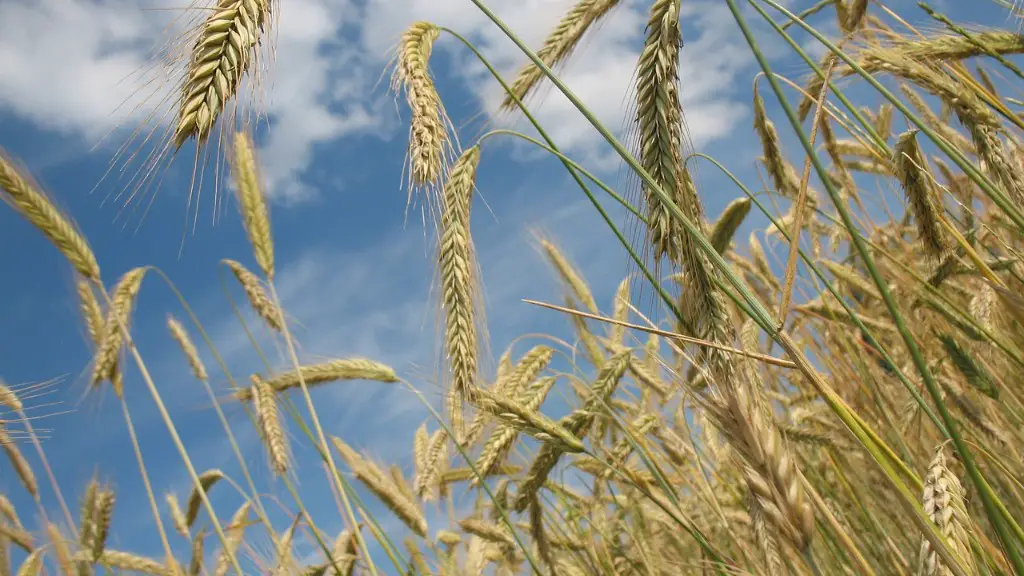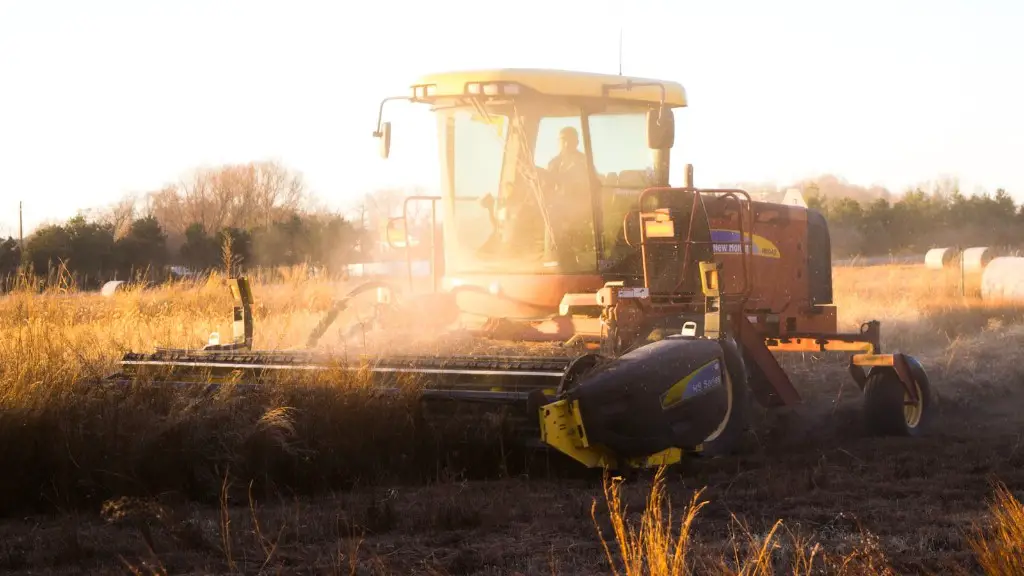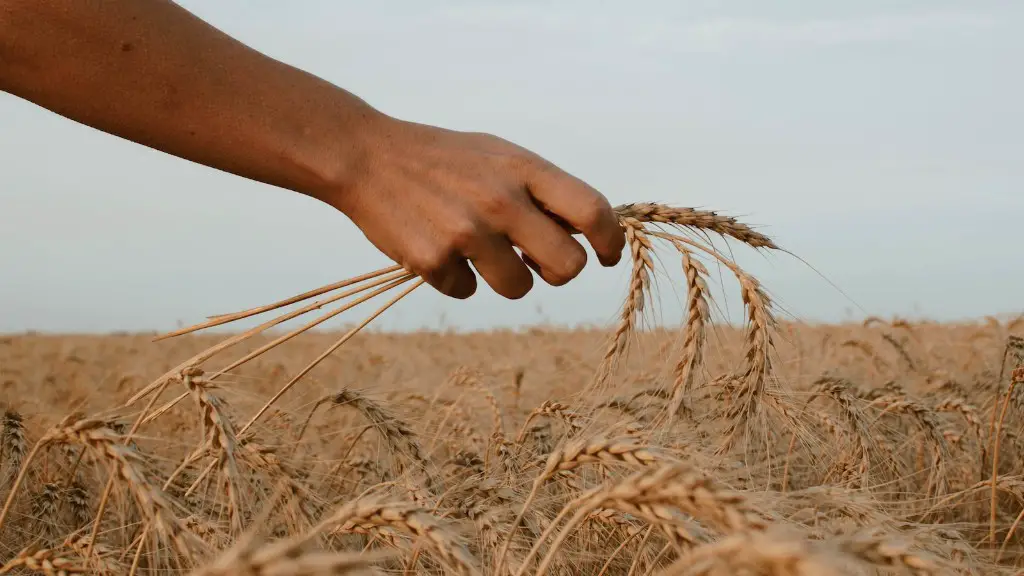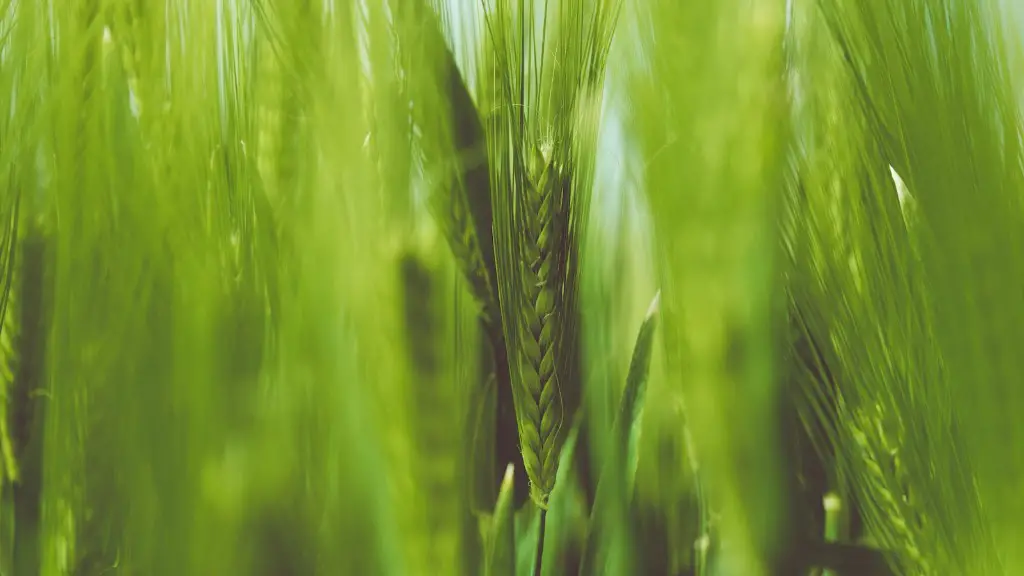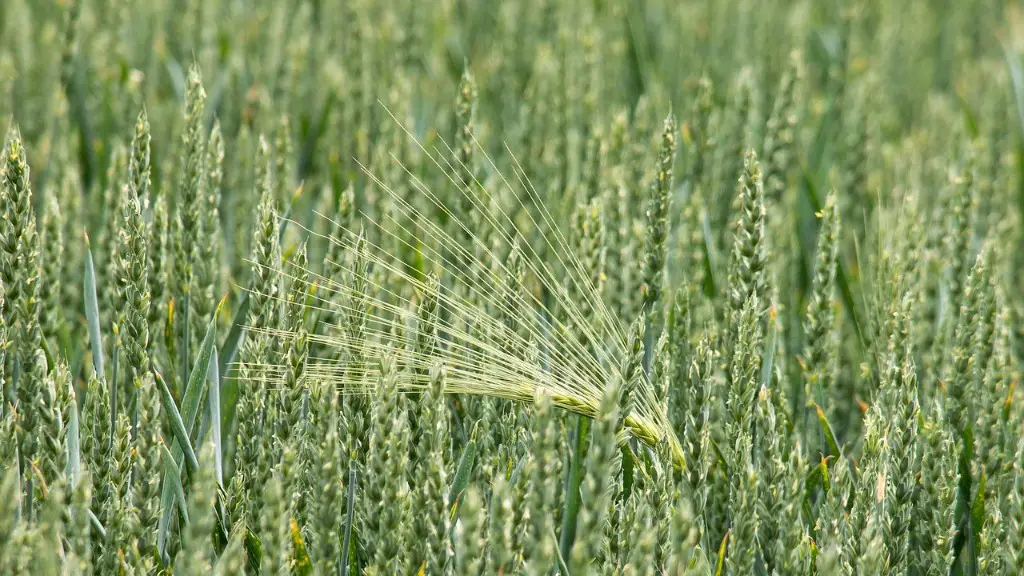Subsistence agriculture is an agricultural production system where the main aim is to produce enough food to feed the farmer and their family with little to no surplus. This type of production is typically found in rural areas of developing countries where the farmers do not have the resources or access to technology to produce large surpluses of food.
Subsistence agriculture is a type of agriculture where farmers grow crops and raise livestock only to meet their own needs, rather than to sell them commercially.
What is the meaning of subsistence agriculture?
Subsistence farming is a form of agriculture in which nearly all of the crops or livestock raised are used to maintain the farmer and the farmer’s family, leaving little, if any, surplus for sale or trade. Preindustrial agricultural peoples throughout the world have traditionally practiced subsistence farming. In many cases, subsistence farmers have been able to maintain their way of life in spite of the encroachment of modern industrial civilization. However, in other cases, they have been displaced or eliminated altogether.
While subsistence farming may be a romantic idea for some, it is a way of life for many others. Subsistence farming is defined as “a type of agriculture in which a household produces only enough food to feed itself and makes no surplus for sale” (source). In other words, subsistence farmers grow just enough food to feed their own families and have no surplus to sell.
There are many reasons why someone might choose to subsistence farm. For example, they might live in a remote location where it is difficult to transport goods to market. Or, they might not have the financial resources to invest in large-scale farming equipment and supplies. Whatever the reason, subsistence farming is a way of life for many people around the world.
What are the 3 major types of subsistence agriculture
1. Subsistence Agricultural Regions: Shifting cultivation
Shifting cultivation is a type of agriculture where people move their farms from one piece of land to another. This is often done every few years, when the land becomes less fertile. Shifting cultivation is common in areas with poor soils, where it is difficult to grow crops.
2. Pastoral nomadism
Pastoral nomadism is a type of agriculture where people move their herds of animals from one place to another. This is often done in search of new pastures, or because of changes in the weather. Pastoral nomadism is common in areas with harsh climates, where it is difficult to grow crops.
3. Intensive subsistence: wet rice dominant
Intensive subsistence agriculture is a type of agriculture where people grow crops very close together, using large amounts of fertilizer and water. This type of agriculture is common in areas with high population densities, where it is necessary to maximize food production.
4. Intensive subsistence: mixed crops
Intensive subsistence agriculture is a type of agriculture where people grow a mix of crops, using large amounts of fertilizer and water. This type of agriculture is common in areas with high population densities, where it is necessary
The four modes of subsistence are foraging, pastoralism, horticulture, and agriculture. Foraging is the subsistence strategy of hunter-gatherers, who subsist on a diet of wild plants and animals. Pastoralism is the subsistence strategy of pastoralists, who subsist on a diet of domesticated plants and animals. Horticulture is the subsistence strategy of horticulturalists, who subsist on a diet of cultivated plants. Agriculture is the subsistence strategy of farmers, who subsist on a diet of crops.
What are subsistence activities examples?
Subsistence activities are those that are necessary to maintain life. This can include gathering or preparing food, making traditional goods, and providing services. Some examples of subsistence activities include hunting, gathering, farming, and preparing traditional food.
Peasant farming is another name for subsistence farming. Subsistence farming is a form of farming in which a farmer grows plants and raises animals with the intention of securing their food security. It can be contrasted with commercial farming whose main intention is to financially profit from the sale of the produce.
What are the 5 types of subsistence agriculture?
There are three different types of subsistence agriculture: intensive subsistence, shifting cultivation, and pastoral nomadism. Intensive subsistence is the traditional method of farming, and it involves using small farm plots to grow crops. Shifting cultivation relies on clearing forest to create new farm plots every few years. Pastoral nomadism relies on traveling with herds of animals.
Intensive subsistence farming is a type of subsistence farming where farmers cultivate a small plot of land using simple tools and more labour. This type of subsistence farming is more common in areas with high population density and limited land resources. Primitive subsistence farming is a type of subsistence farming that is less intense and more traditional. In this type of subsistence farming, farmers use simple tools and techniques and rely more on natural resources. This type of subsistence farming is more common in low population density areas with plenty of land resources.
Does the US have subsistence farming
Farmers in the United States can be broadly classified into two categories: commercial farmers and subsistence farmers. Commercial farmers are those who have gross incomes of at least $10,000 from the sale of farm products, while subsistence farmers are those with gross incomes from $2,500 to $9,999 from the sale of agricultural produce. Despite the different economic activities of these two groups of farmers, both play an important role in the US agricultural sector.
Subsistence farming relates to agricultural activity done primarily to produce food for the farmer and their family. The farmer may sell or trade some of their surplus, but the main goal is to produce enough food to feed themselves. This type of farming is often seen in developing countries where there is little to no infrastructure or technology.
Which farmers do subsistence farming?
When farmers cultivate crops only for self-consumption and not to sell in the market, this type of farming is known as Subsistence Farming. It can be classified into two types – Primitive subsistence farming and Intensive subsistence farming.
Primitive subsistence farming is the type of subsistence farming that is practiced in areas with little or no technology. The farmers in these areas use simple tools and techniques to cultivate their crops. They mostly grow crops such as wheat, rice, and corn. The yield from these crops is very low and can barely support the farmer and his family.
Intensive subsistence farming is the type of subsistence farming that is practiced in areas with more technology. The farmers in these areas use more sophisticated tools and techniques to cultivate their crops. They mostly grow crops such as vegetables, fruits, and legumes. The yield from these crops is higher and can support the farmer and his family.
Subsistence farming is a type of agriculture in which farmers grow crops and/or rear animals only for their own needs and not for sale. The term subsistence farmer has traditionally been used to refer to farmers in developing countries who live mainly at subsistence level, i.e. who are not able to sell their surplus produce in order to make a profit.
In recent years, the term has been used more broadly to refer to any small-scale farmer who is barely able to make a living from their land. This includes farmers in developed countries as well as in developing countries.
There are several reasons why subsistence farming continues to be practiced in many parts of the world. One is that it is often the only form of agriculture that is possible in areas with poor soils, limited water resources, and/or a harsh climate. Another is that many subsistence farmers do not have the capital necessary to buy inputs such as fertilizers and improved seeds, or to hire labor.
Subsistence farming is often associated with low productivity, as farmers lack the resources to invest in modern inputs and technologies. This means that yields are often low, and families often struggle to meet their basic needs. In some cases, subsistence farmers may be able to sell some of their surplus
What does subsistence farming require
Subsistence farming is a type of farming in which farmers grow only enough food to feed themselves and their families. There is usually not enough surplus to sell or trade. If there is any surplus, farmers will typically store it until it is needed.
Food security is a prerequisite for health. Availability and accessibility of food in rural areas is mainly achieved through subsistence production in which community members use local practices to produce and preserve food. Subsistence food production ensures self-sufficiency and reduction of poverty and hunger. However, it is often not enough to meet the needs of the entire community, especially during times of drought or other hardship. In these cases, food aid from the government or other organizations may be necessary to supplement the food supply.
What do subsistence farmers do to make a living?
Subsistence farming refers to a type of agriculture whereby farmers produce just enough crops and/or livestock that are required for their own needs and do not have the option to earn money by selling or obtaining goods by trading their production.
Of course, subsistence farming is not without its challenges. One of the biggest challenges is the lack of access to markets, which means that farmers are not able to sell their surplus production and earn an income. Additionally, subsistence farmers often lack the resources and knowledge needed to improve their yield and productivity. As a result, subsistence farming can be very difficult and challenging, particularly for those who live in poverty.
The four modes of subsistence are foraging, pastoralism, horticulture, and agriculture. Each mode is defined by the tasks involved in obtaining food as well as the way members of the society are organized socially to accomplish these tasks.
Foraging societies are organized around the task of collecting wild plants and animals for food. The members of these societies typically live in small, nomadic groups and have very little social structure.
Pastoral societies are organized around the task of grazing livestock for food. The members of these societies typically live in small, nomadic groups and have little social structure.
Horticultural societies are organized around the task of growing crops for food. The members of these societies typically live in small villages and have a relatively simple social structure.
Agricultural societies are organized around the task of growing crops for food. The members of these societies typically live in large villages or towns and have a complex social structure.
Warp Up
Subsistence agriculture is a type of agriculture in which farmers grow crops and raise livestock primarily for their own needs, rather than for sale. This type of agriculture is often practiced in areas with limited natural resources, such as poor soil or a short growing season.
Subsistence agriculture means growing crops and raising livestock primarily for consumption by the farmer and their family, rather than for sale in the market. This type of agriculture is often associated with poverty, as farmers may not have surplus produce to sell, and may struggle to meet their basic needs. However, subsistence agriculture can also be a way of life that is rich in tradition and community.
